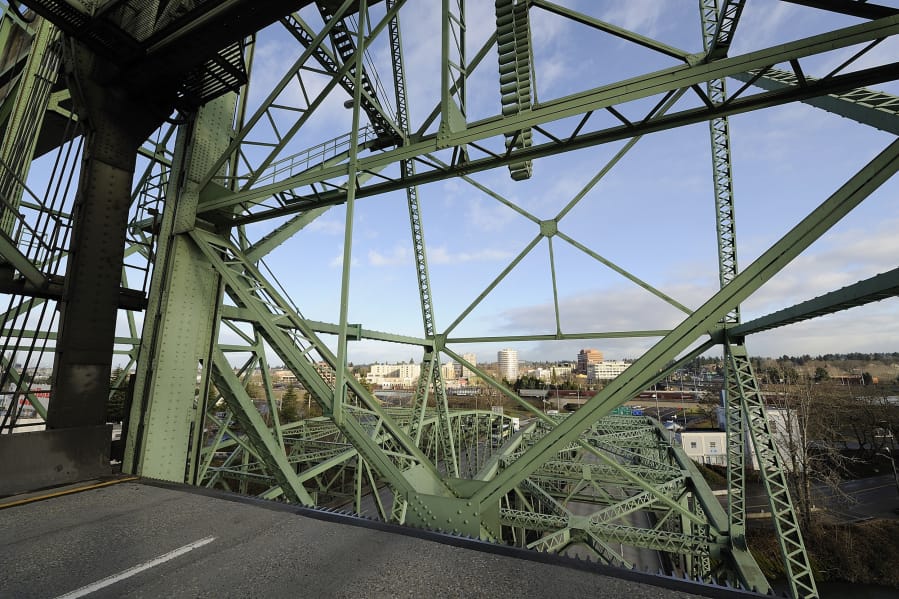Commuters, brace yourselves. The Columbia River is running high and that means the Interstate 5 Bridge will likely be lifting more often than normal for at least the next week.
High temperatures, heavy rains and high-elevation snowmelt throughout the Columbia River Basin have pushed some regional tributaries above flood stage and elevated the Columbia River throughout Southwest Washington. The Oregon Department of Transportation expects the river level to continue to rise by as much as three feet during the next week.
The Interstate 5 Bridge lifted six times Saturday to accommodate river traffic, and four times on Friday.
The average lift time is 15 to 20 minutes. More lifts mean more delays on I-5. Maritime law gives river traffic priority over highway traffic. That said, bridge lifts are prohibited during peak commuting hours, from 6:30 to 9 a.m. and again from 2:30 to 6 p.m. most weekdays.




